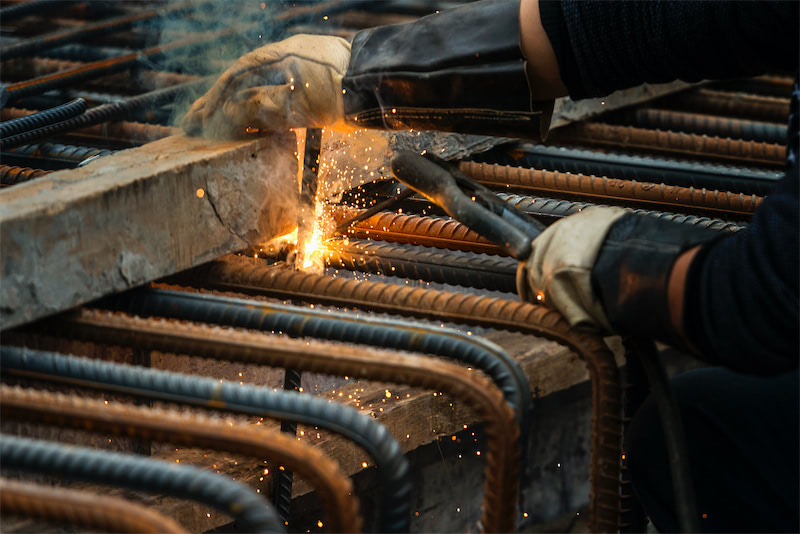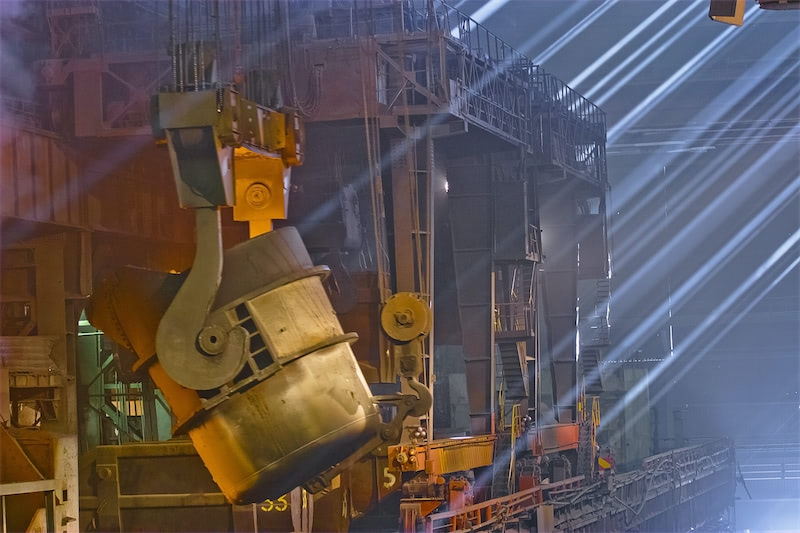






Anode materials are critical elements in battery technology, particularly in lithium-ion batteries that energize contemporary electronic devices. Serving as the negative electrode, these materials facilitate electron and ion movement between the anode and cathode during discharge and charge cycles. The performance, efficiency, and longevity of batteries are profoundly dependent on the quality and characteristics of the employed anode materials.
The demand for anode materials has surged due to the booming electric vehicle (EV) market and the increasing prevalence of renewable energy storage solutions. This global trend is driven by the push towards greener technologies and the need for efficient energy storage systems. As more industries adopt battery technologies, the demand for high-quality anode materials is expected to rise continuously.
Several key players dominate the anode materials market. Countries like China, Japan, and South Korea lead in production due to their advanced technological capabilities and established supply chains. Major companies have invested heavily in expanding production capacities and developing more efficient anode materials. These producers and suppliers play a crucial role in ensuring the availability of materials needed to meet global demands.
The supply chain for anode materials varies significantly by region. In Asia, integrated supply chains with close proximity to raw material sources and battery manufacturers create efficiencies that other regions may lack. Europe and North America are working to develop local supply chains to reduce dependency on Asian suppliers. Variations in regional supply chains can affect the availability and cost of anode materials in different markets, influencing global pricing dynamics.
As an expert in Metals and a comprehensive non-ferrous metal Internet platform provider, Shanghai Metals Market (SMM) provides a comprehensive Internet platform for metal mining benchmark prices, analysis, news, consulting and conferences. In addition, we will provide you with the most authoritative information on a variety of metals.
The primary raw materials for anode production include graphite and lithium, each with unique properties and cost factors that affect the overall price of anode materials.
Commodity markets heavily influence the prices of raw materials used in anode production. Market dynamics, speculation, and trading activities can cause significant price variations. Additionally, the availability of mining resources and geopolitical stability in key producing regions can impact supply, further influencing commodity prices. Understanding these market mechanisms is essential for predicting and managing the costs associated with anode materials.
Technological advancements have significantly impacted the production processes of anode materials. The development of automated and more efficient manufacturing techniques has resulted in higher yields and reduced waste. Innovations like high-temperature treatment and advanced milling techniques have improved the quality and consistency of anode materials. These advancements contribute to lowering production costs and enhancing the overall performance of batteries.
The continuous quest for better-performing batteries has spurred the development of new anode materials.
Regulatory scrutiny on emissions and waste management significantly impacts the production and pricing of anode materials. Producers must comply with stringent environmental regulations designed to minimize hazardous emissions and properly manage industrial waste. Implementing these regulations often requires substantial investment in cleaner production technologies and waste recycling systems, which can raise the overall costs of anode materials.
International regulations and standards influence the global trade and production practices of anode materials. Different regions may have varying standards for material purity, manufacturing practices, and environmental impact. Compliance with international regulations ensures market access but may also necessitate additional production costs. Adherence to these standards is crucial for producers aiming to participate in global markets.
Sustainability in anode material production is gaining prominence. Companies are increasingly adopting greener practices, such as using renewable energy sources and reducing carbon footprint during production. Sustainable practices not only address environmental concerns but can also be a marketable advantage, appealing to eco-conscious consumers and investors. These initiatives, however, often come with higher initial costs that can influence the pricing of anode materials.
Exchange rates and international trade policies heavily impact the pricing of anode materials. Fluctuations in exchange rates can affect the cost of importing raw materials and exporting finished products. Trade policies, including tariffs and trade agreements, shape the economic landscape, potentially altering the competitive positioning of producers on the global stage. Understanding these economic levers is vital for managing costs in the anode materials market.
Economic cycles, including periods of growth and recession, also affect the demand and pricing of anode materials. During economic downturns, investments in new technologies and large-scale projects like renewable energy initiatives may slow down, reducing demand for anode materials. Conversely, economic booms tend to accelerate market growth and demand, often driving up prices and necessitating larger production capacities.
Investment in research and development (R&D) plays a significant role in shaping the future prices of anode materials. Continued R&D efforts lead to innovations that improve material performance and production efficiencies. Companies that invest heavily in R&D are better positioned to introduce cost-effective and high-performance anode materials, gaining a competitive edge in the market.
The anode materials market is dominated by a few key players with substantial market shares. These companies often have significant advantages in terms of technology, production capacity, and distribution networks. Their ability to control production volumes and influence pricing gives them a competitive edge. However, the market is also seeing new entrants with innovative approaches that could disrupt the established order.
Barriers to entry in the anode materials market include high initial capital requirements, stringent regulatory standards, and complex supply chain logistics. Establishing production facilities and meeting quality and environmental standards necessitate substantial investment. Additionally, new entrants must navigate established supply chains and market relationships to gain a foothold.
Innovation is a key factor in achieving a competitive advantage in the anode materials market. Companies that continually invest in new technologies and materials can offer superior products that meet evolving market demands. Innovations in production processes, material recycling, and the development of next-generation anode materials provide a significant edge. As consumer demand for high-performance and sustainable battery solutions grows, innovation will be critical to staying competitive.
Shanghai Metals Market (SMM) Headquartered in Shanghai, with branch office in Shandong and Guangdong province. We have extensive network and deep-rooted relationships in SMM nonferrous, ferrous and EV metal industries. At SMM, we help you Know the real China from a global perspective.
Consumer preferences are shifting significantly towards electric vehicles (EVs), driven by increasing environmental awareness and supportive governmental policies. This trend is causing a surge in demand for anode materials, which are critical components of EV batteries. As automakers ramp up EV production, the demand for efficient and high-capacity anode materials is expected to rise, influencing market prices.
The growing need for renewable energy storage solutions is another significant driver impacting the anode materials market. Solar and wind energy storage systems rely on efficient batteries, which utilize high-quality anode materials. This demand is expected to continue growing, driven by the global push for sustainable energy sources. Consequently, the price and availability of anode materials will be closely tied to developments in the renewable energy sector.
Increasing consumer awareness of sustainability issues is impacting the market for anode materials. Consumers are demanding products that are not only high-performing but also environmentally friendly. This shift is compelling manufacturers to adopt sustainable practices in the production of anode materials. Companies that can meet these dual demands of performance and sustainability are likely to capture greater market share, though often at higher production costs.
Looking ahead, the prices of anode materials are expected to be influenced by a confluence of factors. The continued growth in electric vehicle adoption and renewable energy storage will keep demand high. Technological advancements and the development of new materials may offer cost-saving opportunities, but initial investments in these technologies could maintain higher prices in the short term. Regulatory pressures and sustainability practices will likely add to production costs, albeit with long-term benefits. The competitive landscape will encourage innovation, driving both performance improvements and cost efficiencies. In summary, while short-term price volatility is expected, the long-term trend will likely be shaped by sustained demand, technological innovation, and a balanced approach to environmental and economic factors.
For queries, please contact Lemon Zhao at lemonzhao@smm.cn
For more information on how to access our research reports, please email service.en@smm.cn

